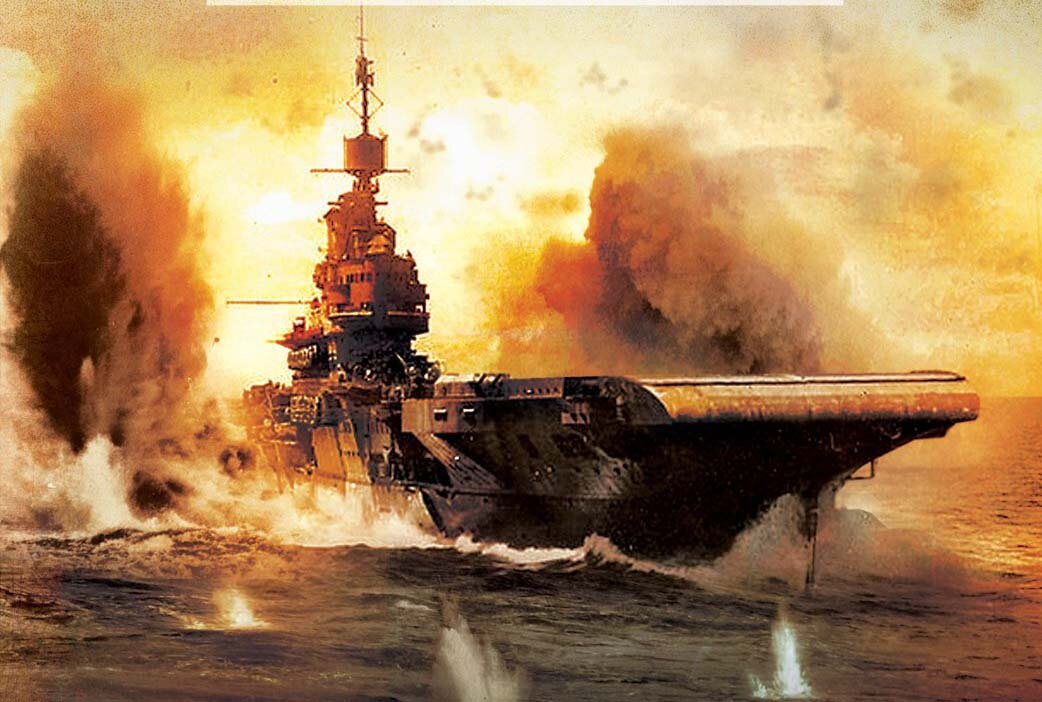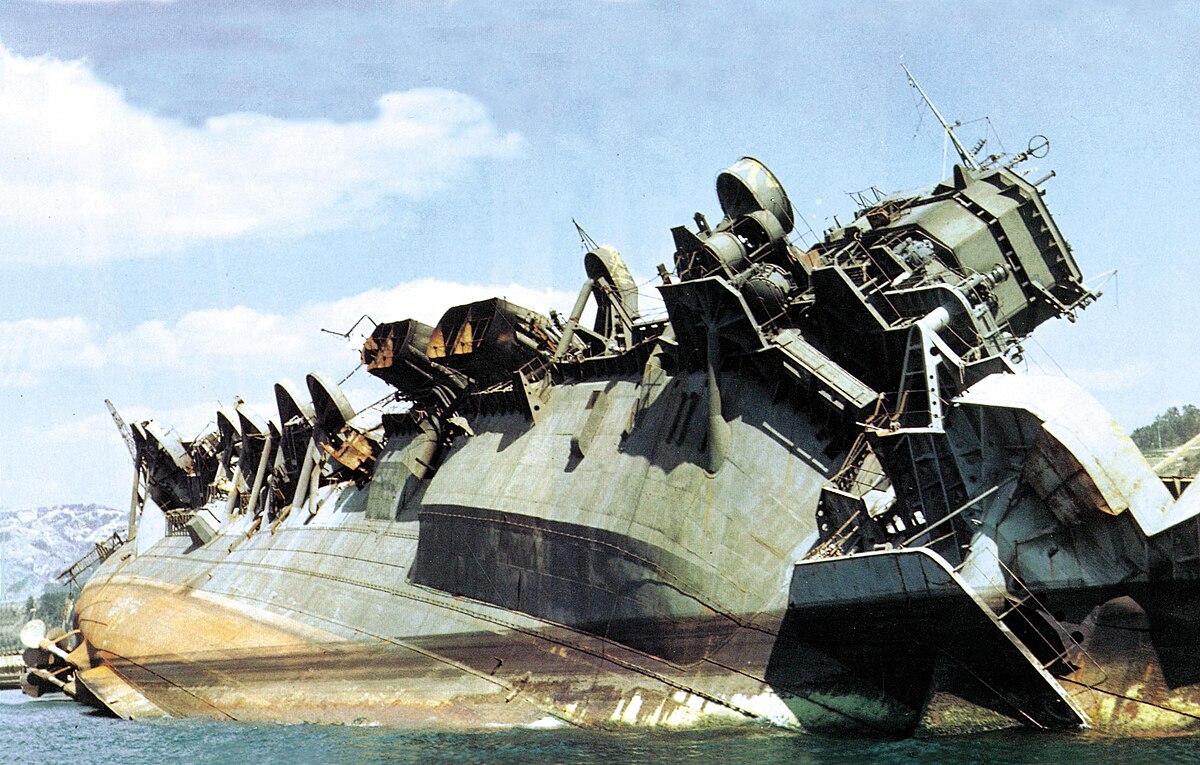Shortround6
Lieutenant General
It is not backwards, it does limit options however.Maybe the RNs concentration on torpedo attack instead of dive bombing is not as backward as sometimes suggested.
For the US the MK 13 torpedo meant the dive bomber was the primary ship killer (although the Navy didn't know it at times) until late 43 or 1944(?).
And while carriers were most important target they were not the only targets.
The Story of the dive bomber is also somewhat tied to the story of light automatic cannon for AA guns.
Not everybody's AA defenses were the same, Japanese were rather poor in AA defense of most of the war.
Not everybody's bombs were the same (and it is the bomb that kills the ship, not the airplane) and the Japanese were late developing large bombs.
Using AP bombs was not easy. Depending on how much armor you want to go through you need to drop from a higher altitude than an HE bomb making hits more difficult. If you drop for a lower altitude and/or a slower speed the bomb won't go through and armor and may bounce or break up. Bomb specifications are not always easy to get.
However the US 1000lb AP bomb was supposed to penetrate 5in of deck from 10,000ft from a level bomber or from 6500ft in a 300kt 60 degree dive. Please note that anything less in any of the 3 conditions means less penetration and dropping with two conditions not met is really going to screw things up. Also note the AP bomb carried about 150lbs of HE.
The Famous US 1600lb AP bomb (and most of you know I think it was over rated, fame wise) Could defeat 7in of deck armor, drop height not given. It's extra weight allowed it defeat the same 5in deck armor as the 1000lbs bomb but do it from 7500ft from a level bomber or from 4500ft in the 300kt 60 degree dive. The 1600lb bomb carried a bit lower percentage of HE for around 205-215lbs of HE.
The 1000lb AP bomb was trying to punch a 12in hole.
The 1600lb AP bomb was trying to punch a 14in hole.
The US 1000lb SAP bomb was trying to punch a 15in hole. The SAP bomb was carrying about 300lbs of HE. Or about what a British 1000lb GP bomb carried. the British 1000lb GP bomb was NOT an SAP bomb. It was about 16in diameter and the bomb body wasn't strong enough for armor punching without breaking up, might nave been dandy for unarmored or lightly armored ships though.
You need impact speed for AP bombs (or SAP bombs) to penetrate armor. You can't get the speed needed if you are dropping low and slow.
You also may have more trouble with the fuses.
When comparing naval dive bombers to Army fighter planes, Bridges and dams don't move.
But diving bombing land targets also means coping with the AA defenses. By 1944 the Germans, Americans and British were fielding much greater AA batteries than they had just a few years early which made the classic dive bomber attack profiles of 1940-41 near suicidal. AA guns on land were easier to camouflage/hide/spread out over wider area.


